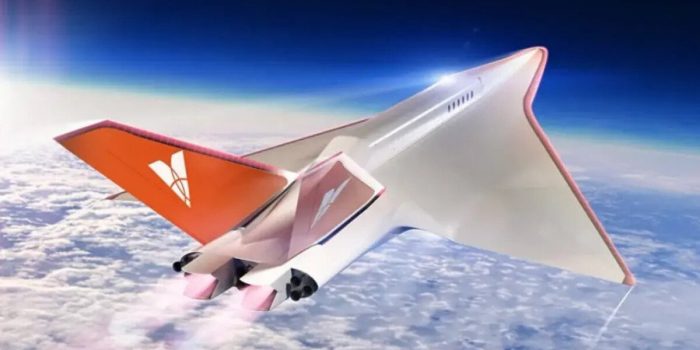Venus Aerospace founders, Sassie Duggleby and Andrew Duggleby, recently shared exciting details about their upcoming hypersonic aircraft, the “Stargazer,” in an interview with Business Insider.
The Stargazer is designed to fly at incredible speeds, reaching Mach 9, which is eleven times faster than regular long-haul flights. This means it could transport 12 passengers from San Francisco to Tokyo in just one hour. To put it in perspective, the Concorde, which is dearly missed, could only reach Mach 2.
To achieve these high speeds, the Stargazer will combine both jet and rocket engines. It will take off like a regular jetliner and switch to rocket engines once it’s away from populated areas. This will allow the aircraft to reach a cruise altitude of 170,000 feet, four times higher than most planes today. Passengers will enjoy breathtaking views of the Earth’s curvature and space from this height.
However, Venus Aerospace still has a long way to go technologically to make this ambitious vision a reality. They need to build on existing technologies and develop new ones from scratch. One notable innovation they are working on is the “world’s first liquid-propellant rotating detonation rocket engine” (RDRE).
RDREs are preferred over jet engines at high altitudes because they don’t rely on outside oxygen, which is scarce at 170,000 feet. The “Karman Line,” the official start of space, is at around 62 miles (100 km) altitude. This engine produces more temperature and pressure than traditional rockets, resulting in increased thrust while using less fuel.
“There’s an incredible amount of hurdles we have to get through,” Sassie Duggleby told Business Insider. “We’re just taking it one step at a time, and the team continues to make incredible progress, and we’re hitting the milestones we want to hit,” she added.
Venus plans to use a “liquid air” to power the rocket engines. They have made significant progress in creating “room temperature storable liquid fuels” for the RDRE, which is a groundbreaking achievement. This has given them the necessary knowledge and engineering to move forward with development and flight testing.
The Stargazer’s design includes a wave-rider feature that enhances efficiency during flight. It allows the aircraft to ride on its own shockwaves generated by hypersonic speeds.
While Venus is optimistic about the demand for their innovation, the Stargazer is not expected to start operating until the 2030s at the earliest due to regulatory limitations. Currently, they are conducting engine tests with Airbus Ventures as an investor and plan to integrate their technology into a drone for further development.


